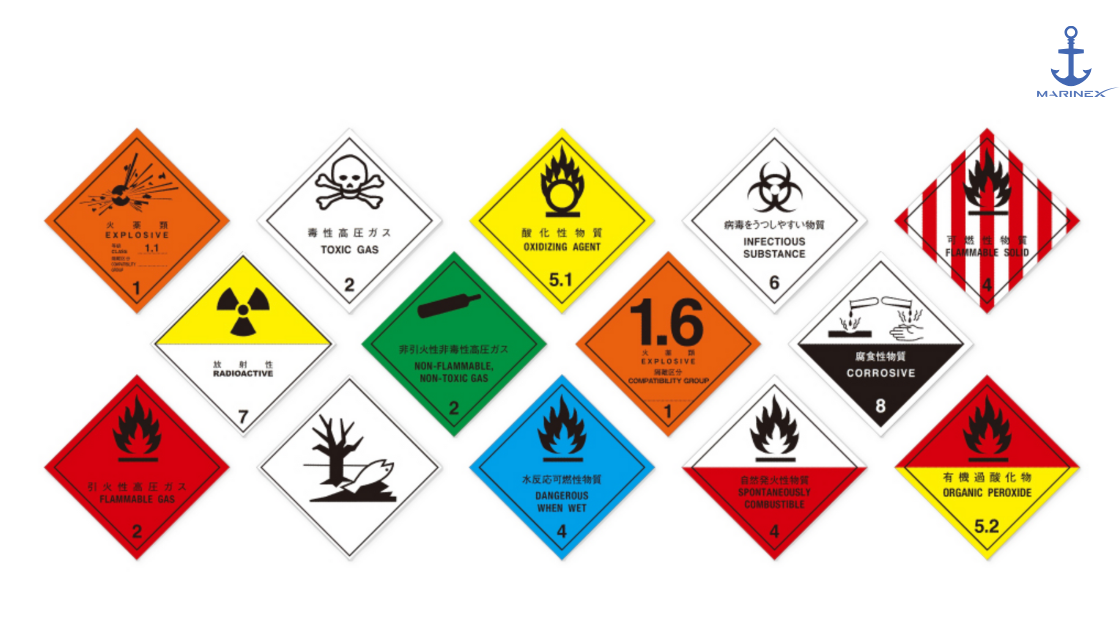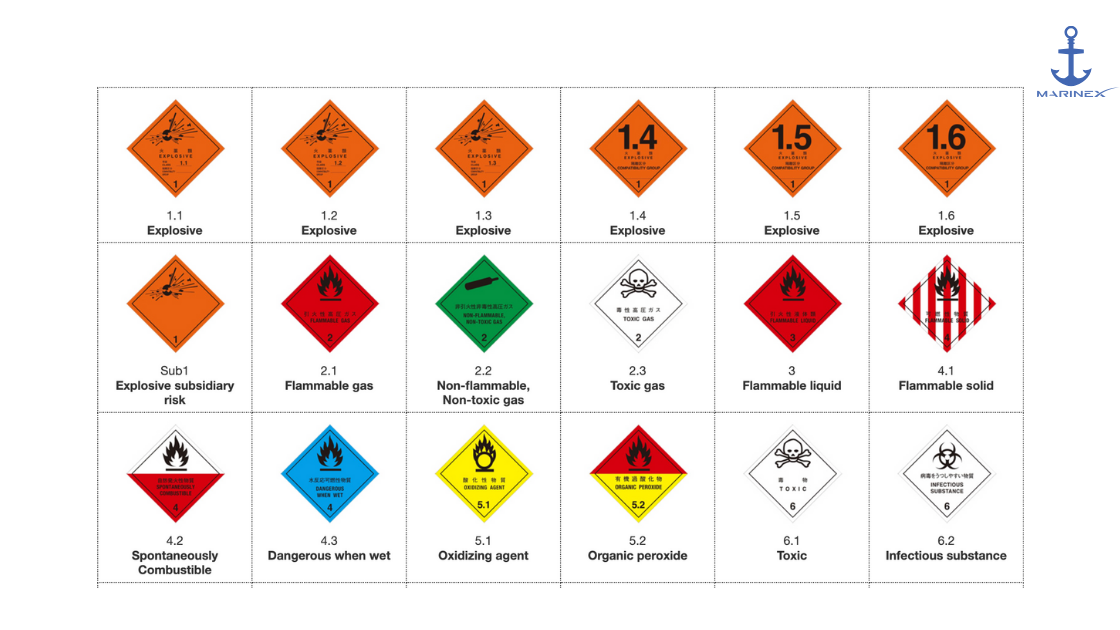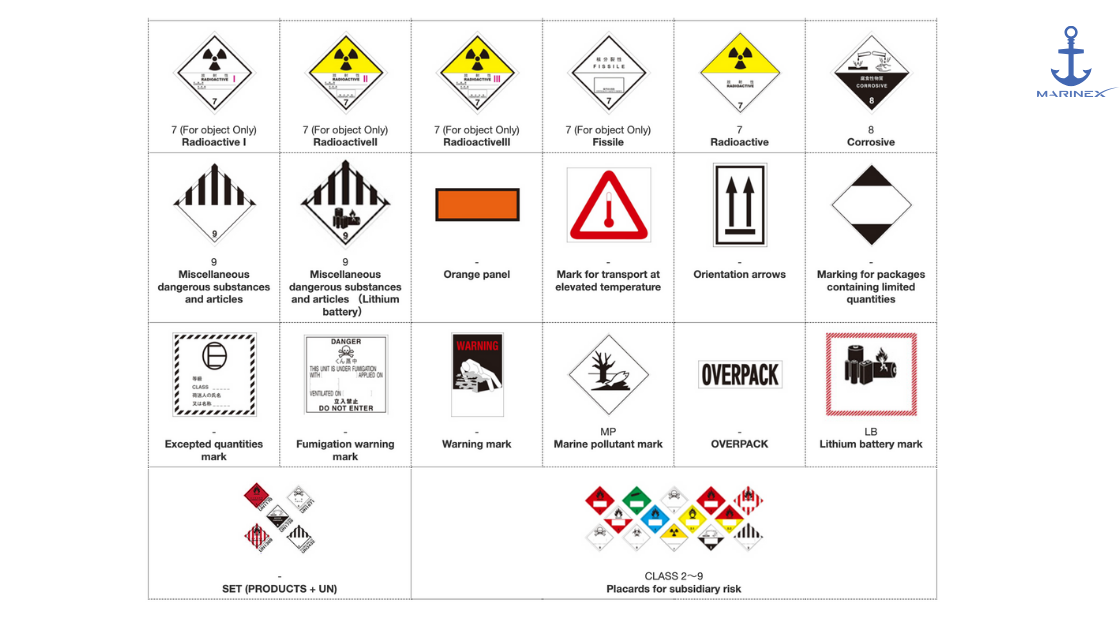Navigating the Seas Safely: Understanding MARPOL Annex III and the IMDG Code

In maritime regulations, MARPOL Annex III stands tall as a safeguard against pollution caused by harmful substances transported by sea in packaged form. At the heart of this Annex lies the International Maritime Dangerous Goods (IMDG) Code, a comprehensive guide for classifying, packing, marking, labeling, and documenting dan gerous goods. Let's embark on a journey through this crucial aspect of maritime safety.
Understanding the IMDG Code
The IMDG Code serves as the compass for navigating the complexities of handling dangerous goods in packaged form. By delving into its provisions, one gains insight into the classification of hazardous materials, the necessity of appropriate packaging, and the importance of marking and labeling.
Packaging Requirements
Effective packaging is paramount when dealing with dangerous goods. The IMDG Code lays down clear directives on the types of containment suitable for different substances. Understanding these requirements ensures that goods are securely enclosed, minimizing the risk of leakage or spillage during transit.
Marking and Labeling
Proper marking and labeling of packages are essential for identifying hazardous materials and conveying critical information to handlers. Compliance with IMDG guidelines ensures that containers are appropriately tagged, enhancing safety protocols and facilitating swift response in case of emergencies.
Stowage Considerations
Stowing dangerous goods requires meticulous planning to prevent accidents and minimize environmental impact. Whether onboard ships or within containers, adhering to stowage requirements outlined in the IMDG Code is crucial for maintaining vessel stability and safeguarding the marine environment.
Documentation and Manifests
Accurate documentation is the backbone of safe cargo handling. From detailed manifests to regulatory paperwork, adherence to documentation requirements outlined in the IMDG Code streamlines port operations and facilitates efficient regulatory compliance.
Port State Control and Inspections
Port State Control plays a pivotal role in ensuring compliance with IMDG regulations. By conducting thorough inspections, authorities uphold safety standards, mitigate risks, and safeguard coastal regions from potential environmental harm.
MARPOL Annex III and the IMDG Code stand as guardians of maritime safety, setting forth comprehensive guidelines for the transportation of dangerous goods by sea.
The Annex III encompasses the following Regulations:
- Definitions
- Packing
- Marking and labeling
- Documentation
- Stowage
- Quantity limitations
- Exceptions
- Port state control on operational requirements
Annex III is dedicated to preventing pollution by harmful substances in packaged form and took effect on July 1st, 1992. Initially, it was an optional Annex, allowing member states to accept Annex I and Annex II while abstaining from the other three annexes.
This delayed the implementation of Annex III compared to Annexes I and II. This Annex applies to all ships transporting harmful substances in packaged form, whether in freight containers, portable tanks, or road and rail tank wagons.
Primarily, Annex III addresses the need for standards on packing, marking, labeling, documentation, stowage, quantity limitations, exceptions, and notifications to prevent pollution by harmful substances.
Harmful substances, as defined by the International Maritime Dangerous Goods (IMDG) code, are those identified as marine pollutants.
The regulations within Annex III serve various purposes:
- Identifying marine pollutants
- Detailing standards for packaging, marking, labeling, documentation, stowage, quantity limitations, exceptions, and notifications to prevent or minimize pollution by harmful substances
Harmful substances, as defined by the IMDG Code, are marked with a standard marine pollutant mark.
Additionally, "packaged form" refers to containment methods specified for harmful substances in the IMDG Code.
The carriage of harmful substances is prohibited unless compliant with the provisions of this Annex. Each Party to MARPOL must issue detailed requirements on packing, marking, labeling, documentation, stowage, quantity limitations, and exceptions to prevent or minimize marine pollution by harmful substances.
Understanding IMDG Cargo Classification



After engaging with this topic, you will develop an understanding of the classification of IMDG cargo. Additionally, you will be able to list substances categorized from class 1 to class 9 of the IMDG code.
Furthermore, you will grasp the significance of stickers for various packaged dangerous goods.
The International Maritime Dangerous Goods (IMDG) Code serves as a standardized international protocol governing the transport of hazardous materials by sea. It encompasses crucial aspects such as packaging, container traffic, stowage, and the segregation of incompatible substances.
To access the full blog, subscribe to MarineX Premium Plans and elevate your maritime knowledge to the next level. Gain the MarineX Edge for comprehensive insights into all things maritime.
Limited time Super offer on MarineX Plus Membership (50% Forever discount)